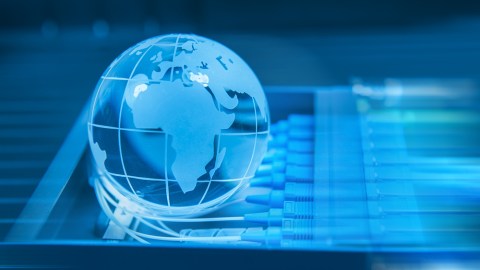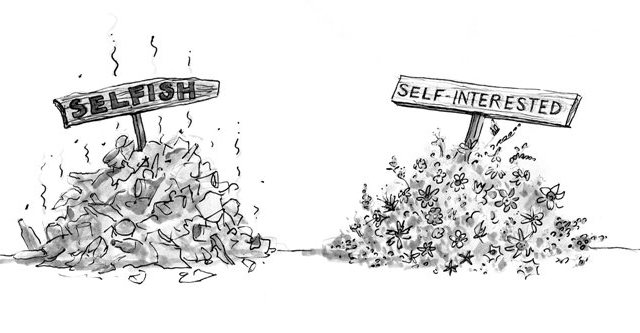Here Comes the Internet of Things

What’s the Latest?
The next generation of the Internet will be more deeply integrated into our lives through our use of everyday objects, from house keys, to coffee cups, to our pet’s food bowl. According to a new report by the Pew Research Center, the new Internet of Things will be evident in may places:
Communities: Embedded devices and smartphone apps will enable more efficient transportation and give readouts on pollution levels.
Goods and services: Factories and supply chains will have sensors and readers that more precisely track materials to speed up and smooth out the manufacture and distribution of goods.
Environment: There will be real-time readings from fields, forests, oceans, and cities about pollution levels, soil moisture, and resource extraction that allow for closer monitoring of problems.
What’s the Big Idea?
Internet-connected devices will continue to shrink in size and become increasingly embedded in objects. The biggest shift, according to the report, is “a strong move away from a single do-everything device to multiple devices with overlapping functions and, above all, an inter-relationship with our other devices.” Expect privacy concerns to vex us more, not less, and a world in which many things don’t work without anyone who knows how to fix them.




